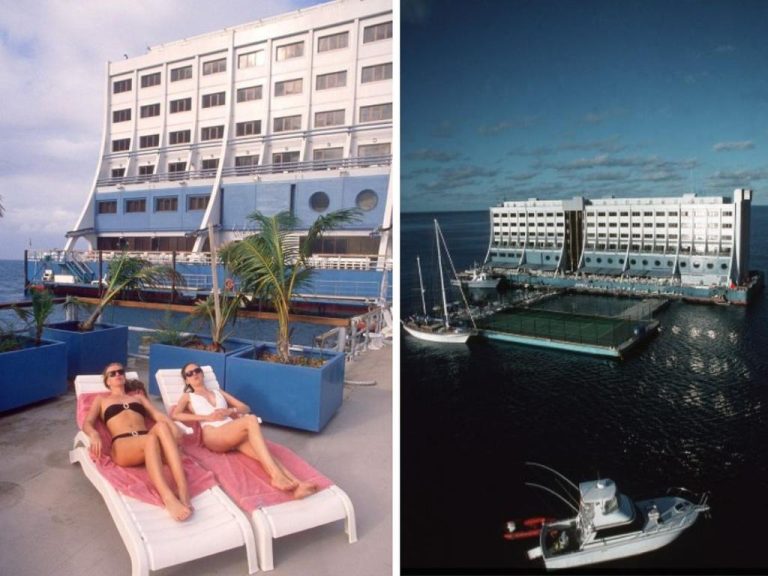Cap rate compression & what it tells us about the market

In the past 18 months, there has been a continual compression of capitalisation rates, or cap rates, across Australia’s commercial property markets. So what exactly does this tell us about where the market is now and where we are headed in the next couple of years?
Let’s start with what a cap rate is. It is the ratio of net operating income of a property to its market value – the percentage return an investor would get if they purchased the property for cash.
I spoke with Dr David Higgins, Associate Professor, Property Investment at RMIT University, and asked him what drives cap compression.
“To understand the dynamics you have to think of the influences in three parts. First, there is the demand by tenants for a certain property type and location, a factor I call space demand. Then we have to consider the supply of property available for lease and how much new stock is coming on to the market,” he says.
“Finally, and most importantly, we have to factor in the dynamics of the investment and debt markets, because property’s return on investment must be seen relative to other investment avenues, particularly cash and term deposits.”
Cap rates can be a useful guide to market expectations of what will happen to values in the future but they can be bumped around by changes in investor sentiment and alternate markets.
“A-REITS returned to the market after the shock of the GFC,” Higgins told me. “And when you look at institutions like Stockland and Dexus, you see a new breed of management. They used to be drawn to idea that big is beautiful, but what I’m seeing from the new group is that they are more selective and have tightened their risk management.
“Vacancy rates are creeping up but this is not reflected in market yields.”
The reason why is primarily because, with the official cash rate at 2.5%, investors can invest in property and borrow at a rate close to inflation to buy assets with a history of stability.
James Quigley, National Director of Capital Markets at Colliers International, told me that it is this weight of money returning to market which is driving values.
“In the 2007 peak before the GFC hit, a quality asset in the Sydney market would be yielding say at 7% but the cost of debt was around 8%. When you look at the equation now, a well-rated investor’s cost of debt could be as low as 4.5% – 5%, which means their asset is cash flow positive from day one,” Quigley says.
“What’s been driving compression is capital looking for yield. We’re seeing demand from a range of onshore investors, syndicates filled with ‘mum and dad’ investors, super funds and A-REITS.
“But we also see a lot of offshore money as well, particularly global sovereign wealth funds and private investors from Asia.
“The office lease market is still soft, with incentives up for assets with shorter WALEs (weighted average lease expiries) but there is good investor demand for quality modern offices and industrial assets like distribution centres with long-term mandates to single leaseholders.
“The change we’ve seen in recent times is offshore investors looking at office buildings with shorter WALEs with a view to converting them to residential.”
And what is likely if interest rates, as predicted by some analysts, start to rise over the next two years?
“Obviously if we see upwards movement that holds the potential to change the current equation, but right at the moment, it is the sheer weight of money which is driving the market,” Quigley says.







